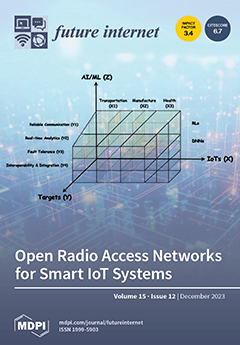Homomorphic encryption (HE) has emerged as a pivotal technology for secure neural network inference (SNNI), offering privacy-preserving computations on encrypted data. Despite active developments in this field, HE-based SNNI frameworks are impeded by three inherent limitations. Firstly, they cannot evaluate non-linear functions such as
, the most widely adopted activation function in neural networks. Secondly, the permitted number of homomorphic operations on ciphertexts is bounded, consequently limiting the depth of neural networks that can be evaluated. Thirdly, the computational overhead associated with HE is prohibitively high, particularly for deep neural networks. In this paper, we introduce a novel paradigm designed to address the three limitations of HE-based SNNI. Our approach is an interactive approach that is
solely based on HE, called iLHE. Utilizing the idea of iLHE, we present two protocols:
, which facilitates the direct evaluation of the
function on encrypted data, tackling the first limitation, and
, which extends the feasible depth of neural network computations and mitigates the computational overhead, thereby addressing the second and third limitations. Based on
and
protocols, we build a new framework for SNNI, named
. We prove that our protocols and the
framework are secure in the semi-honest security model. Empirical evaluations demonstrate that
surpasses current HE-based SNNI frameworks in multiple aspects, including security, accuracy, the number of communication rounds, and inference latency. Specifically, for a convolutional neural network with four layers on the MNIST dataset,
achieves
accuracy with an inference latency of
s, surpassing the popular HE-based framework CryptoNets proposed by Gilad-Bachrach, which achieves
accuracy with an inference latency of
s.
Full article





